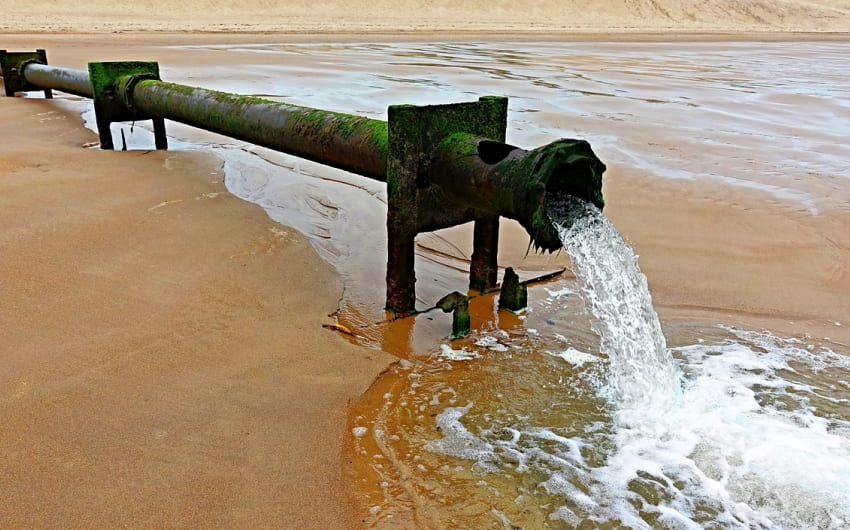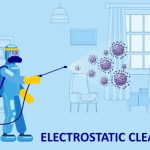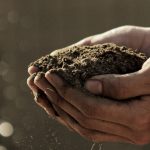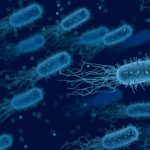Ideally, all sewerage would be treated. However, the reality is that a huge amount of sewerage and wastewater remains untreated. This effluent contains solid human and other waste, tissue paper, chemical and greases such as cooking fat and oils.
This untreated sewerage ends up in groundwater, rivers and streams and dams, much of it, ultimately, in the ocean. In some areas, coastal sewerage goes straight into the ocean. This effluent can cause environmental devastation and can also pose a serious threat to human health.
The effects of untreated sewage on aquatic life:
Sewage can end up in the ocean from areas with no treatment infrastructure or aged and overburdened systems. Sewage spills into the sea are common occurrences in South Africa, polluting coastlines, smothering eco-systems, and killing sea-life. Just some of the impacts on raw sewage include:
- Fertilisers in sewage encourages algae blooms in dams, rivers and estuaries and oceans. These can interfere with light and oxygen levels in the water, suffocating plants and fish.
- Solid waste can smother plants and small aquatic animals. This can destroy food chains and lead to die-off of aquatic, wetland, and coastal ecosystems.
- Micro-organisms can cause diseases in fish and other aquatic and marine life.
- Greases, oils, and fats can also suffocate plants and animals in the water and starve their predators. It oils bird’s feathers and compromises their ability to fly, regulate body temperature, and to feed.
Dangers of untreated sewage for humans:
- Sewage contains deadly bacteria such as e-coli. Contaminated water from rivers and dams can be fatal if ingested – whether directly or indirectly.
- Damage to ecosystems can lead to devasting food and economic resources in coastal communities.
Natural solutions for Eco-friendly treatment of sewerage:
Luckily, there have been significant advancements in the field of environmentally friendly sewage and wastewater treatments. Specialised bacteria and vegetable microbes have been developed to rapidly digest solid waste, fats and oils and tissue paper. These treatments are available on both a commercial/industrial scale, in sewerage plants, and for domestic use in septic tanks and pit toilets.






